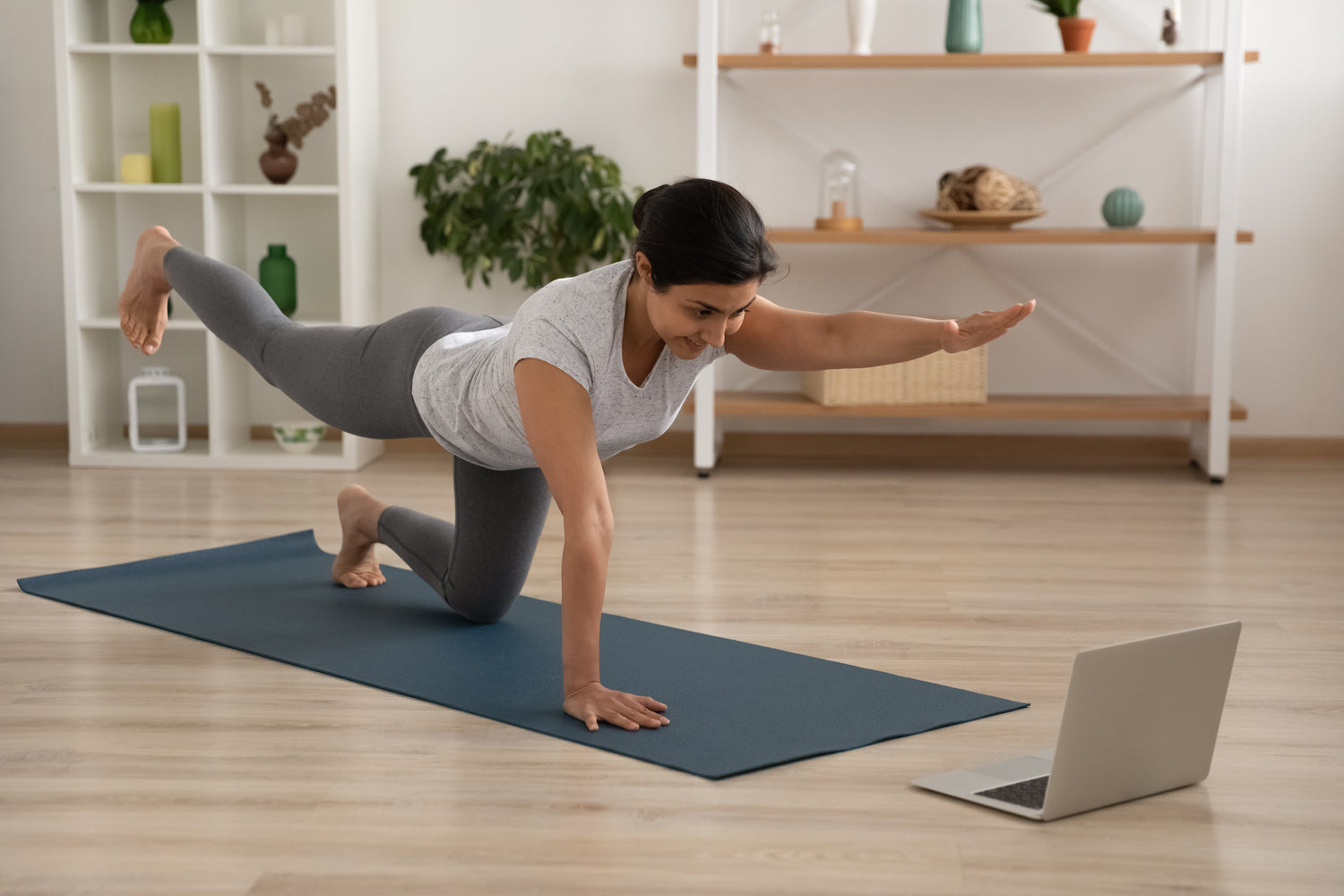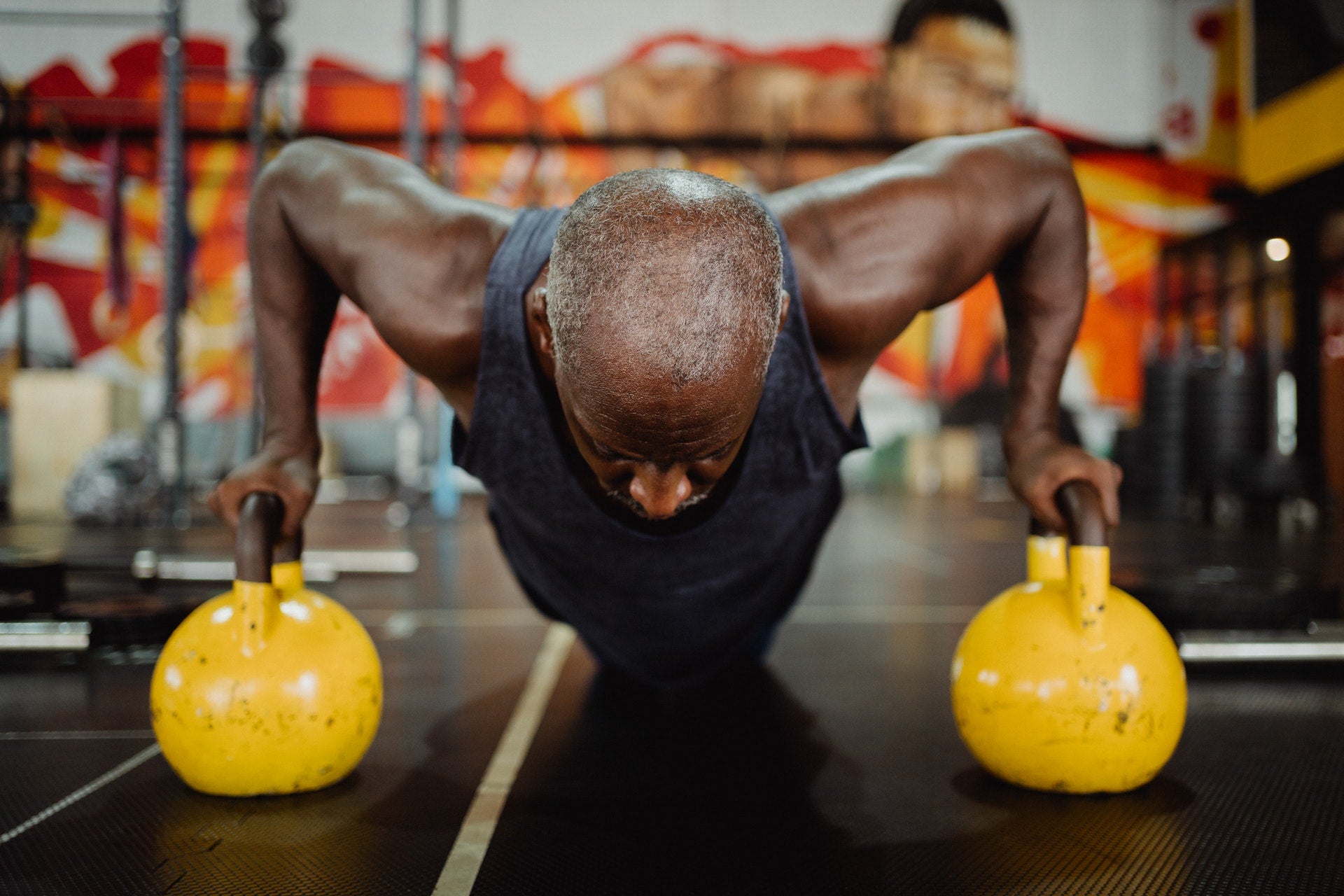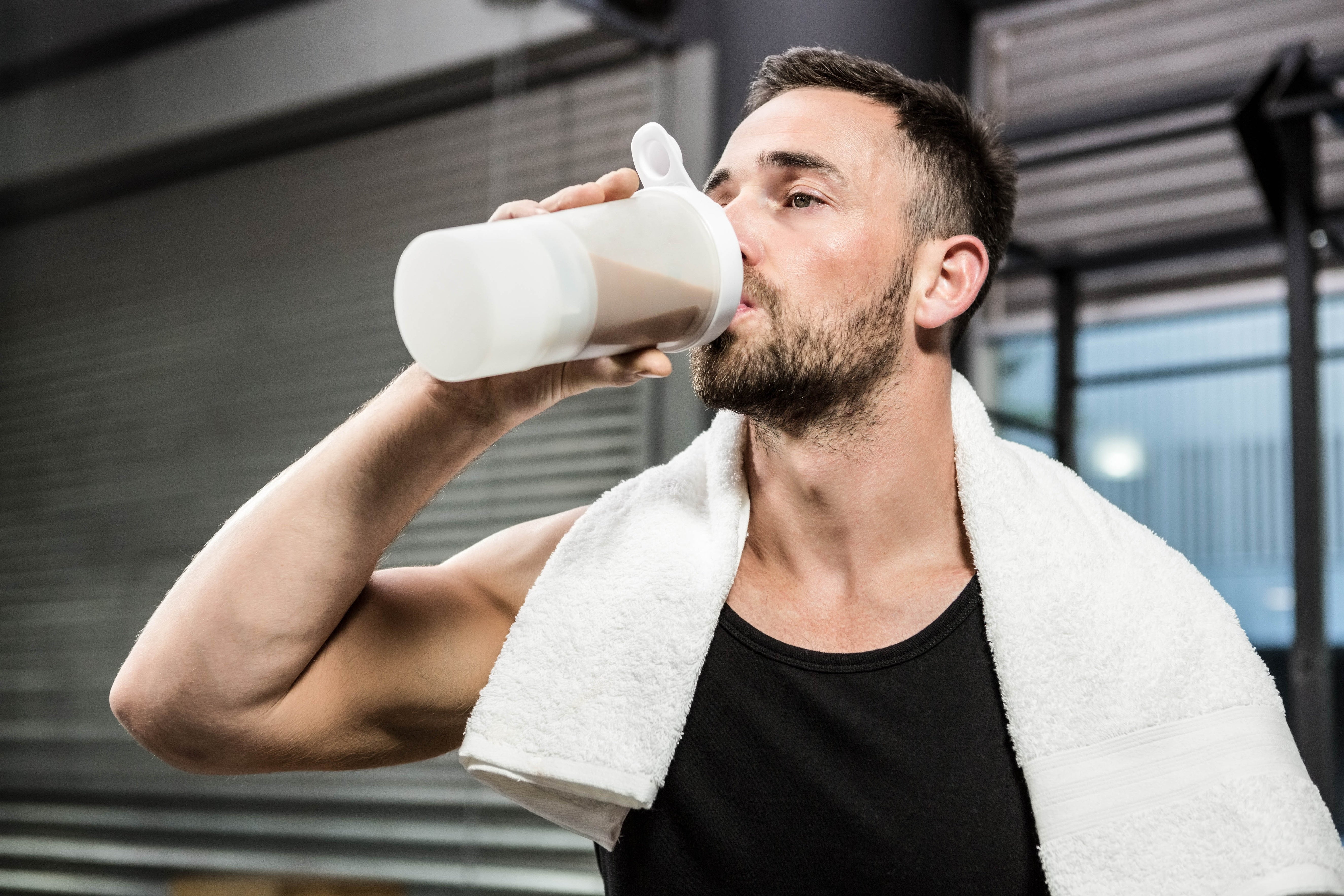How easy is it to complete your daily workout then skip the cooldown afterward? Probably too easy. This may be due to a lack of time, boredom with the stretches, or a lack of awareness regarding the importance of a post-workout cooldown.
Whether your exercise involves a HIIT routine, jogging, swimming, weight lifting, or rowing with the Ski-Row Air or Ski-Row Air + PWR, static stretching should be a part of your daily routine. Athletes and everyday people can benefit from static stretching, or passive stretching as some call it.
This article will specifically discuss static stretching, how it differs from dynamic stretching, how and when to do it, its benefits, and some examples of how to accomplish this.
What Is Static Stretching and When Is It Used?
Static stretching involves holding a particular stretch for a certain amount of time while standing, sitting, or lying, depending on the move. This not only assists the muscles in loosening but also improves range of motion and flexibility. During this stretch, the muscle is supposed to be pushed to its furthest point and kept in that position for 15-20 seconds. It is helpful to choose one muscle group for each stretch and focus on that area before moving onto the next group of muscles.
This type of stretching is mostly recommended post-workout to cool down the body and relax the muscles since the muscles are warm after exercising. It can be easy to finish a workout and immediately remember a million other things you have to do besides stretching.
However, imagine how much different you may feel if you take five or 10 minutes to stretch out the muscles, relax the body, and prepare yourself for the rest of your day.
What Is the Difference Between Dynamic and Static Stretching?
Static stretches and dynamic stretches differ as to when they are done and what purpose they serve. As stated above, static stretching is held for a longer period at the end of an exercise and is designed to help the body cool down post-workout. Some examples include the butterfly stretch or the triceps stretch.
Because dynamic stretches involve active movement, they are designed to warm up the body and prepare it for activity before working out. The stretch is held for a shorter period because it entails movement of the body. Some examples of dynamic stretching include lunges with a torso twist or active hip circles.
What Are the Benefits of Static Stretching?
There are several benefits to static stretching, including:
-
Increased flexibility and range of motion: Range of motion refers to the ability of the joint to move and stretch in a certain direction. Having this increased ability will further assist with tasks involving movement.
-
Decreased sense of tightness and improved comfort in the muscles and injury prevention: Intense exercise without any time to cool down and relax the muscles can result in pain and stiffness. A few minutes of stretching post-workout might make a world of difference in how your body feels the rest of the day, especially in large muscles like the buttocks and calves. Stretching also decreases the risk of injury, such as strains, during workouts.
-
Increased circulation to your muscles: Since workouts do stress and work the muscles, it would make sense that they need to recover afterward. Taking time to stretch might just assist in that recovery!
-
Eases feelings of stress and tension due to stretching and relaxation of the muscles: As you perform these static stretches, try to breathe deeply, focus on the moment you are in, and prepare yourself mentally for the rest of the day. Stretching reduces the negative effects of stress on the body and decreases anxiety.
-
Overall better performance: Regular stretching will leave you feeling healthier, more flexible, and better overall. Sounds like something you want does it not?
What Are Some Examples of Static Stretching?
There are many examples of static stretching:
- Posterior capsule stretch
- Hamstring stretch
- Quadriceps stretch
- Overhead triceps stretch
- Biceps stretch
-
Seated butterfly stretch
Posterior Capsule Stretch
This stretch was designed to stretch the back part of the shoulder. It is especially helpful for those that do a lot of pitching or throwing. To complete this stretch, relax the shoulders while drawing one arm across the body and holding it in place with the opposite arm directly above the shoulder. Hold for a chosen amount of time. Repeat with the opposite arm. Increase the time in which you hold it as well as the depth of the stretch as tolerated.
Hamstring Stretch
This stretch was designed to target the hamstrings, which is especially helpful for runners. Do this stretch by squaring your hips and feet forward and putting one of your legs on a low stool. Gently bend forward from the hips with your knee straight and back flat. Continue bending forward until a stretch is felt in the back of your thigh and hold for a chosen amount of time. Repeat with the opposite leg on the stool. Increase the time in which you hold it as well as the depth of the stretch as tolerated.
Quadriceps Stretch
This stretch was designed to target your quadriceps muscle. While tightening your abdominal muscles, begin by grabbing one ankle with your hand on the same side of the body. Bend your knee and draw your ankle towards your butt while extending your thigh behind you at the same time until you feel the stretch in your front thigh. Hold for a chosen amount of time. Keep your ankle, knee, and hip in the same line to prevent injury. Increase the time in which you hold it as well as the depth of the stretch as tolerated.
Overhead Triceps Stretch
This move was designed to stretch both your triceps and your shoulder muscles. Begin by separating your feet hip-width apart. Get rid of any tension in your shoulders by sliding them back and down. As you extend your right elbow to the ceiling, move your right hand to the center of your back, grab the right elbow with the left hand, and assist in pulling it further down the back. Keep this position for 20-30 seconds, and then repeat on the opposite side. Do this two to three times on either side. Increase the time in which you hold it as well as the depth of the stretch as tolerated.
Biceps Stretch
This stretch was designed to extend the muscles in your shoulders and biceps as well as your chest. Begin this stretch by grasping your hands behind your back at the bottom of your spine while standing up straight. Ensure that the palms of your hands are facing one another and that your arms are straightened outward. Lift your arms, while still clasping your hands together until a stretch is felt in the shoulders and biceps. Continue to hold in this position for 30-40 seconds, then allow your hands to relax back to the base of the spine. Repeat this move two to three times. Increase the time in which you hold it as well as the depth of the stretch as tolerated.
Seated Butterfly Stretch
This was designed to stretch the hips, low back, and inner thighs. Begin by sitting on the floor, tightening your abs, and straightening your back. As you place the soles of your feet together, bend your knees to the side, grasp your feet with both hands, and draw your heels towards you until you feel a stretch in the thighs, hips, and lower back. Hold this position for 10-30 seconds while you breathe slowly and deeply. Increase the time in which you hold it as well as the depth of the stretch as tolerated.
What Is the Take Away Regarding Static Stretching?
As seen in the examples above, there are many ways that static stretching can be accomplished. This stretch involves several slow movements, with the stretch held for a certain amount of time post-workout to cool down the muscles in the body. Static stretching has several health benefits, including blood flow and flexibility, reduced stress and tightness, and overall better daily performance.
So do not skip the cooldown!! Always give yourself a few extra minutes to allow your body time to cool down, relax, and aid in the muscular healing process post-workout. You might just find that your body feels much healthier and more flexible overall!
Sources:
Dynamic Stretching: Benefits, When to Use, Examples, and More
Static Stretching Benefits and Examples to Add to Your Workout
Dynamic Stretching Versus Static Stretching | News
Static vs. Dynamic Stretching: What Are They and Which Should You Do?





Leave a comment
All comments are moderated before being published.
This site is protected by hCaptcha and the hCaptcha Privacy Policy and Terms of Service apply.